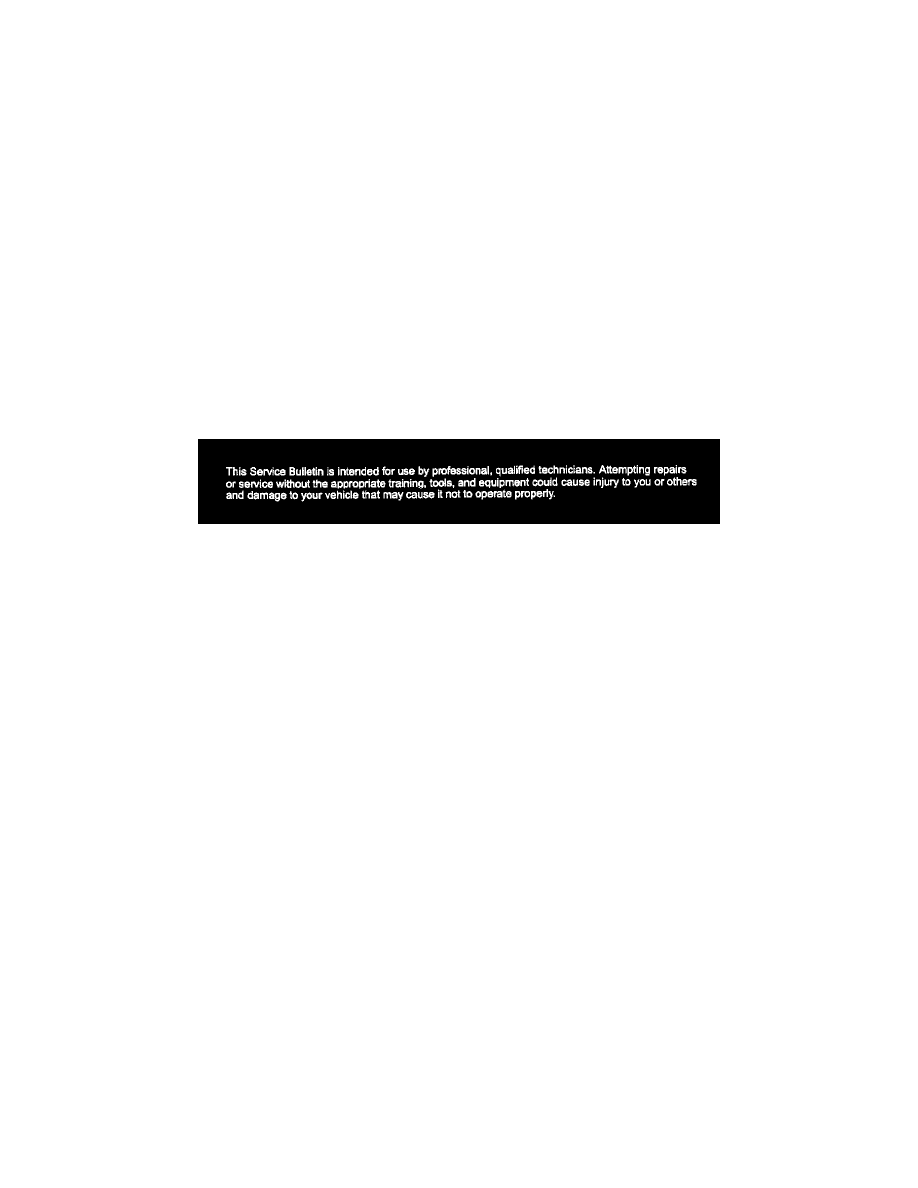Hombre S Regular Cab 4WD V6-4.3L (1999)

Crankcase Ventilation System
Verify that the positive crankcase ventilation (PCV) system is operating properly. Blockages, restrictions, or damage to the PCV system can result in
increased oil use.
Oil Dilution (Fuel and Water)
On vehicles that are usually driven short distances, less than 5 miles (8 km), especially in colder weather, unburned fuel and condensation generated from
cold engine operation may not get hot enough to evaporate out of the oil. When this occurs, the dipstick may indicate that the oil level is over-full.
Subsequent driving on a trip of sufficient length to enable normal engine operating temperature for 30 minutes or more, in order to vaporize excess
moisture and fuel, may give the customer the impression of excessive oil consumption.
Engine Temperature
If an engine is run at overheated temperatures (see Owner's Manual or Service Manual) for more than brief periods, oil will oxidize at a faster than
normal rate. In addition, gaskets may distort, piston rings may stick, and excessive wear may result. Verify that all cooling system components are in
proper working order.
Engine Wear
Piston scuffing, excessive piston-to-wall clearance, tapered or out of round cylinders, worn, damaged or improperly installed valve guides, seals and
piston rings will all cause an increase in oil consumption.
Disclaimer
